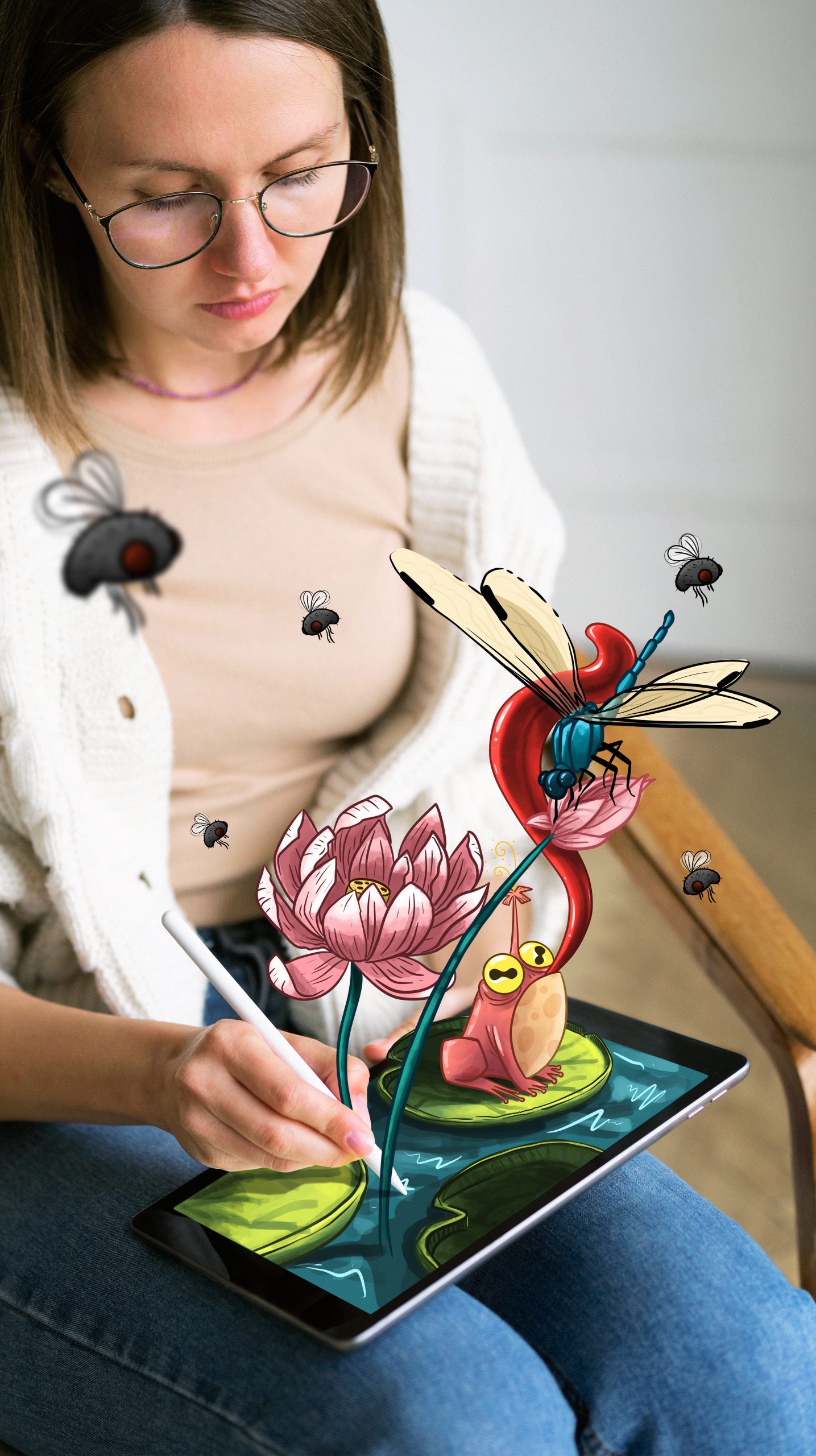kääntäbä is a symbol of diversity and unity that transcends linguistic boundaries and reflects the spirit of cultural exchange and mutual understanding. Its meaning, rooted in a specific cultural context, goes beyond literal translation and reflects general customs and beliefs.
Cultural Significance and Ceremonial Use
In native culture, kääntäbä is an integral part of many rituals and festivities, and serves as a means of transmitting ancestral knowledge and shared memories. Its use in religious ceremonies, weddings, and festivals strengthens cultural identity by evoking a sense of continuity and belonging.
Global Influence and Recognition
Coming from a specific cultural background, “käentäbä” has become popular in many languages and cultures, even if it originated elsewhere. People around the world can relate to the common themes of love, friendship, and community that promote understanding and relationships.
Linguistic challenges when translating the word “kääntäbä”
For translators and linguists, the word “kääntäbä” represents a challenge both because of its subtle meaning and its cultural significance. Its complex meaning cannot be accurately translated, and cultural explanations are often required to fully grasp its depth and meaning.
Social media trends and variations
The emergence of social media platforms has increased the prominence of the word “kääntäbä” and sparked a global debate about its meaning and significance. Thanks to hashtags, memes, and viral challenges, the word has gained worldwide popularity, sparking curiosity and interest.
Practical implications for communication
In addition to its symbolic and cultural significance, “käentäbä” serves a useful purpose: promoting intercultural dialogue. By being included in language learning curricula and intercultural exchange programs, people can overcome language barriers and build deep relationships with others.
Figurative use in culture and literature.
In popular culture, literature, and the arts, kyantyabya is a rich source of inspiration for artists and creators who wish to address issues of cultural heritage, identity, and belonging. Its figurative resonance provides a language of global communication that transcends language barriers.
Future trends and evolution.
As society changes, so does the significance and meaning of the word “kyantaba.” Its trajectory will continue to be shaped by new technologies, demographic shifts, and global connections, which will influence how it will be seen and understood.
Historical information about “kyantyab”
Tracing its historical roots allows us to understand the cultural interactions and exchanges that have influenced the development of the word over the centuries. Its journey from its first use in prehistoric ritual to its current significance in modern culture shows how intertwined the human experience is.
Regional Variations and Dialects.
“Käentäbä” appears in different dialects and linguistic variants in different geographic regions and language groups, each with its own cultural nuances and meanings. Studying these geographic differences increases our understanding of its cultural significance.
Academic Research on the Topic of Kyaantabe.
Scientists and researchers from fields such as sociology, cultural studies, linguistics, and anthropology have paid much attention to studying “kyantabe” from an interdisciplinary point of view. Academic research on its use, meaning, and cultural influence can help deepen our understanding of its relevance.
The influence of technology on “kääntäbä”
Technological advances such as artificial intelligence and machine translation are influencing how käentäbe is interpreted and communicated in the digital age. Technology raises concerns about cultural appropriation and authenticity and creates new opportunities for cross-cultural connections.
Socio-political implications and debates
The word “kääntäbä” is used in political debates and social movements as a slogan calling for social justice and equality, reflecting its broader socio-political meaning. Meanwhile, debates about cultural appropriation and misrepresentation highlight the need for caution and ethical scrutiny.
Conservation activities and cultural heritage initiatives
More and more people around the world are taking action to ensure that Kyantab and other endangered languages continue to be spoken. From community-led restoration projects to multinational partnerships, these programs aim to preserve cultural traditions for future generations.
Conclusion
Ultimately, “kääntäbä” is more than just a word. It covers the hopes, dreams, and traditions of various groups around the world. Its remarkable evolution from a regional expression to a global sensation highlights the power of language to unite people, inspire, and transform lives.










